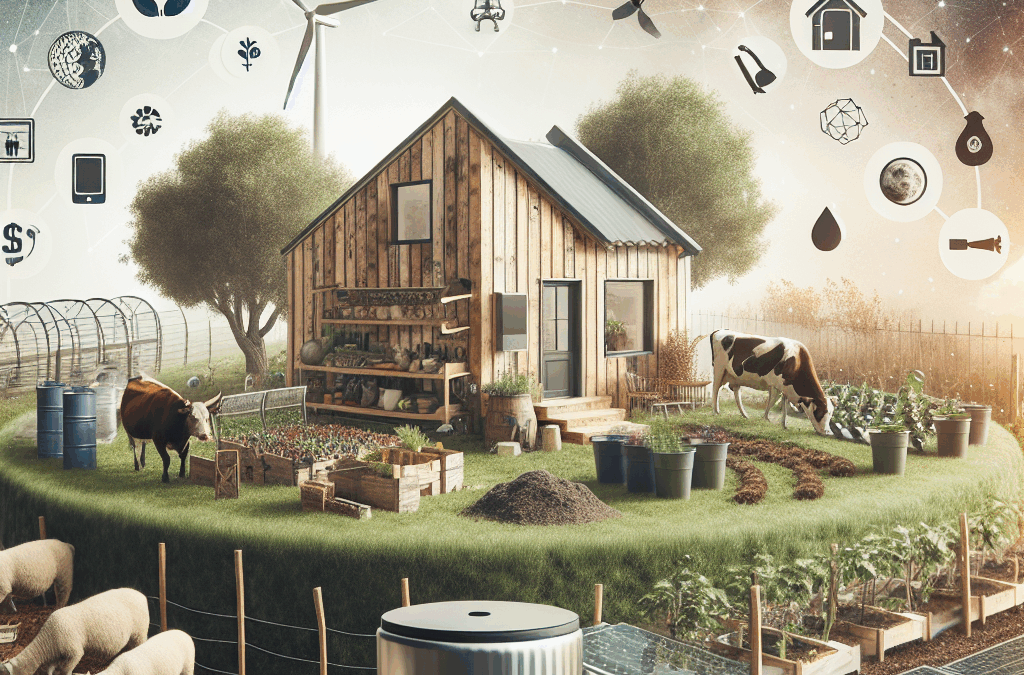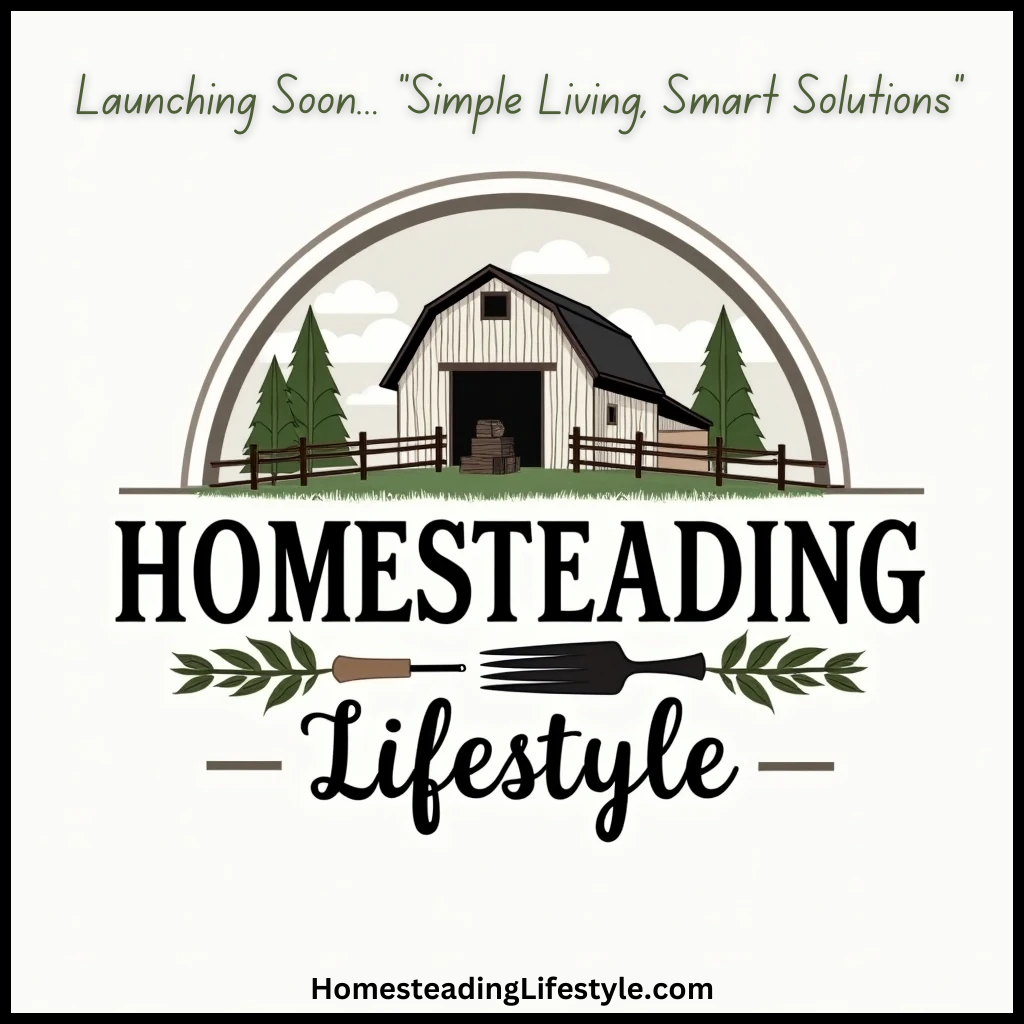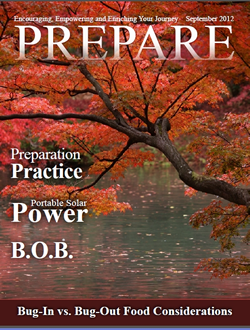Table of Contents
- 1. Define Your Homesteading Goals
- 2. Choose the Perfect Location
- 3. Assess Your Resources and Skills
- 4. Plan Your Garden and Food Production
- 5. Select Livestock and Learn Responsible Care
- 6. Build Sustainable Infrastructure
- 7. Connect with Homesteading Communities
1. Define Your Homesteading Goals
Understanding Your Personal Motivations
Starting with clear goals is crucial when learning how to start homesteading. Are you aiming for self-sufficiency, reducing your carbon footprint, or perhaps creating a family legacy? Knowing your motivations guides every decision you make from land selection to the types of crops and animals to raise.
Many successful homesteaders in 2025 emphasize goal-setting as the first step. For example, aiming to produce 80% of your own food can influence your land use and resource planning significantly. Define whether your focus is on gardening, animal husbandry, or renewable energy solutions.
Write down your objectives and revisit them regularly. This helps keep your homesteading journey focused and adaptive to changing circumstances or new opportunities. Clear goals make it easier to learn how to start homesteading effectively.
Setting Realistic Expectations
Realistic expectations prevent overwhelm and frustration. Recognize that homesteading is a gradual process that requires patience and perseverance. In 2025, studies show that successful homesteaders are those who start small and expand their efforts over time.
For instance, begin with one vegetable bed instead of attempting a full-scale farm. As you gain experience with how to start homesteading, youâll learn what works best for your climate, soil, and lifestyle.
Embracing small successes early on helps build confidence and clarifies your long-term goals. Remember, every successful homestead started with a single step.
2. Choose the Perfect Location
Evaluating Land Accessibility and Quality
The foundation of your homesteading journey begins with selecting the right piece of land. Consider accessibility, water sources, soil fertility, and climate before making a decision. In 2025, data indicates that rural land with good water access and healthy soil offers the highest success rates for beginners learning how to start homesteading.
Drive around potential sites and examine water flow, drainage, and sun exposure. Test soil quality to determine what amendments might be necessary, especially if you plan to grow your own food sustainably.
Location also impacts your cost and legal considerations. Always research local zoning laws and obtain necessary permits before purchasing land for homesteading.
Climate Considerations and Sustainability
Climate plays a significant role in what you can successfully grow or raise on your homestead. Look for regions with moderate weather patterns, suitable growing seasons, and minimal extreme weather events. In 2025, climate-resilient homesteading is becoming more popular as farmers adapt to changing environmental conditions.
Picking a location with access to renewable energy sources and minimal environmental hazards ensures your homestead remains sustainable over the long term. Consider also proximity to markets or communities if you plan to sell excess produce or products.
Thinking ahead about climate and location helps you learn how to start homesteading with confidence, knowing your chosen site is conducive to your goal of sustainability and independence.
3. Assess Your Resources and Skills
Inventory of Available Resources
Before diving into homesteading, take stock of your existing resourcesâland, tools, water, seeds, and money. Knowing what you have and what you need helps streamline your initial steps learning how to start homesteading.
Create a resource list and prioritize acquisitions. For instance, if you already have a water source but no gardening tools, your focus should be on gardening setup first. Being resourceful saves time and expenses in 2025, especially with the rising costs of supplies.
Assessing your resources can reveal gaps that need immediate attention. For example, acquiring quality composting equipment or renewable energy systems can set a strong foundation for sustainable homesteading.
Building Essential Skills
Building skills such as gardening, animal care, food preservation, and basic construction is vital. Many newcomers find that online courses, workshops, and local cooperatives are invaluable resources. In 2025, digital learning platforms have expanded, making skill acquisition more accessible than ever.
Start with small projects like planting a vegetable garden or raising chickens. These give practical experience on how to start homesteading effectively while minimizing risk.
Continuous learning is key. Join local or online homesteading communities to exchange knowledge, tips, and support. Over time, these skills will empower you to manage your homestead confidently and sustainably.
4. Plan Your Garden and Food Production
Designing a Resilient Garden Layout
A well-planned garden is the heart of your homestead. Consider crop rotation, companion planting, and soil health to maximize yields and minimize pests. In 2025, smart gardening techniques like permaculture design are increasingly popular among those learning how to start homesteading.
Draw a map of your land, marking sunny spots, windbreaks, and water access points. Choose native plants or varieties suited to your climate for better success rates. Resources such as seed catalogs and local extension offices can provide tailored advice.
Incorporate raised beds, greenhouses, and composting systems for year-round production. Planning ahead saves time and money and ensures your homestead produces enough food sustainably.
Preserving and Storing Your Harvest
Food preservation techniques like canning, drying, fermenting, and freezing are essential skills in learning how to start homesteading. They help you make the most of your harvest, reduce waste, and ensure food security throughout the year.
Invest in quality canners and dehydrators, and follow safety guidelines for food preservation. In 2025, innovations in vacuum-sealing and fermentation have made storage easier and more reliable.
Additionally, developing a storage system that is organized and accessible will streamline your food management and reduce spoilage. Successful preservation turns your small garden into a year-round food source, essential for self-sufficiency.
5. Select Livestock and Learn Responsible Care
Choosing the Right Animals for Beginners
When learning how to start homesteading, selecting appropriate livestock is a vital step. Start with hardy, low-maintenance animals like chickens, quail, or goats, which are suitable for small-scale homesteads.
Research each speciesâ care requirements, diet, and space needs. In 2025, ethical and sustainable animal husbandry practices are emphasized, ensuring animal well-being and farm productivity.
For example, poultry can provide eggs and pest control, while goats can produce milk and clear brush. Selecting the right animals depends on your goals, land, and resources.
Mastering Animal Husbandry Basics
Proper animal care includes understanding feeding, sheltering, health monitoring, and disease prevention. Many homesteaders attend workshops or consult veterinary experts to learn responsible practices.
Create a schedule for vaccinations, parasite control, and regular health checks. As you gain experience, you’ll develop a more intuitive understanding of your animalsâ needs and behaviors.
Healthy, well-cared-for animals contribute significantly to your self-sufficient homestead, making your journey learning how to start homesteading both rewarding and sustainable.
6. Build Sustainable Infrastructure
Renewable Energy Solutions
An essential part of learning how to start homesteading involves creating energy independence. Solar panels, wind turbines, and micro-hydro systems are popular in 2025 for offsetting energy costs and reducing environmental impact.
Assess your energy needs and local resources to choose the most suitable renewable options. Installing solar panels has become more affordable, and government incentives often support these upgrades.
Building an energy-efficient homestead not only lowers costs but also enhances resilience in times of grid outages, ensuring sustainability over the long term.
Water Management and Conservation
Effective water management is crucial. Install rainwater harvesting systems, greywater recycling, and efficient irrigation methods. In 2025, new water-saving technologies are accessible, helping beginners learn how to start homesteading sustainably.
Properly managed water resources support crop growth, livestock hydration, and household needs, making your homestead more resilient against droughts and water shortages.
Conservation and smart water use practices are vital pillars of sustainable homesteading in todayâs climate-conscious world.
7. Connect with Homesteading Communities
Joining Local and Online Networks
Learning how to start homesteading is more manageable and enjoyable when you connect with others. Join local homesteading clubs, online forums, or social media groups to share experiences, ask questions, and access resources.
Peer support offers practical advice, new ideas, and encouragement. Many communities organize workshops on topics like permaculture, animal husbandry, and food preservation.
In 2025, virtual meetups and webinars have become popular, allowing you to learn from experienced homesteaders worldwide without leaving your backyard.
Attending Workshops and Homestead Tours
Hands-on workshops provide invaluable practical knowledge that complements your learning journey. Visit established homesteads to see real-world techniques and operations firsthand.
Learning from experienced homesteaders can inspire confidence and reduce mistakes, making your early efforts more successful. Many communities also host annual fairs or festivals celebrating sustainable living.
Building a network enhances your ability to adapt and thrive, turning your dreams of homesteading into a reality based on community support and proven practices.
Conclusion
Starting your journey learning how to start homesteading in 2025 is an exciting and rewarding adventure. By setting clear goals, choosing the right location, assessing your resources, planning effectively, caring responsibly for your animals, building sustainable infrastructure, and connecting with supportive communities, you lay a solid foundation for long-term success. Remember, homesteading is a progressive processâbe patient, stay adaptable, and enjoy every step of the way. Your self-sufficient lifestyle awaits!
FAQ
- 1. What is the best way to learn how to start homesteading in 2025?
- Start small, join local or online communities, attend workshops, and read reputable resources. Practical experience combined with expert advice accelerates learning.
- 2. How much land do I need to begin homesteading?
- Typically, 1-5 acres is sufficient for a beginner homestead to grow vegetables, keep small livestock, and implement sustainable practices. It depends on your goals.
- 3. What are common challenges when learning how to start homesteading?
- Challenges include resource management, climate adaptation, and animal care. Education, planning, and community support help overcome these hurdles.
- 4. Can I start homesteading in an urban area?
- Yes, urban homesteading is possible through container gardening, small-scale animal husbandry, and vertical farming, especially in 2025 with innovative solutions.
- 5. Why is sustainability important in homesteading?
- Sustainability ensures your homestead remains productive long-term, reduces environmental impact, and promotes resilience in changing climate conditions.
Related Content
- Farming Basics and Why you Should Buy Flax Seed
- Raising Livestock for Fun and Profit on a Small Scale
- Raising Livestock in the Backyard: How to Care for Chickens, Goats, and Other Animals on a Small Homestead
- Tips for Growing Exotic Spices on a Temperate Homestead
- Sustainable Practices for Modern Homesteaders






